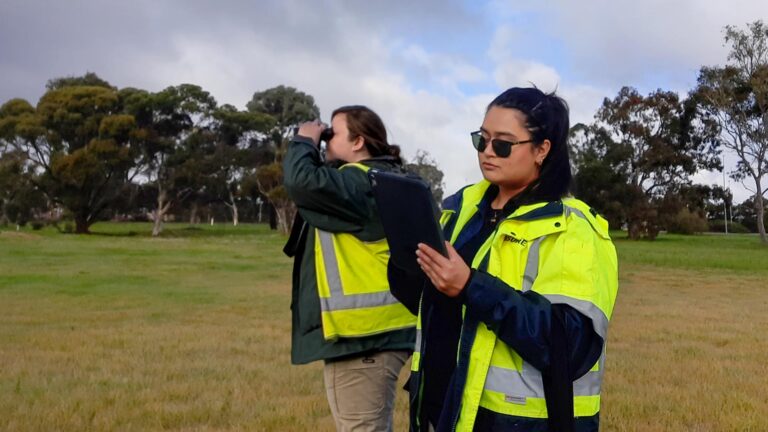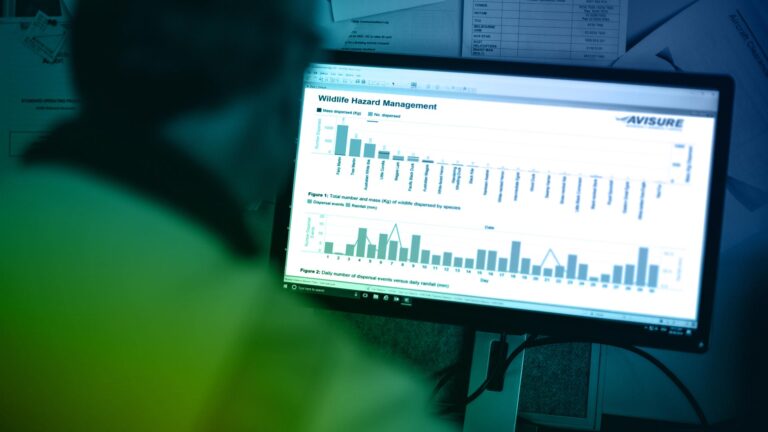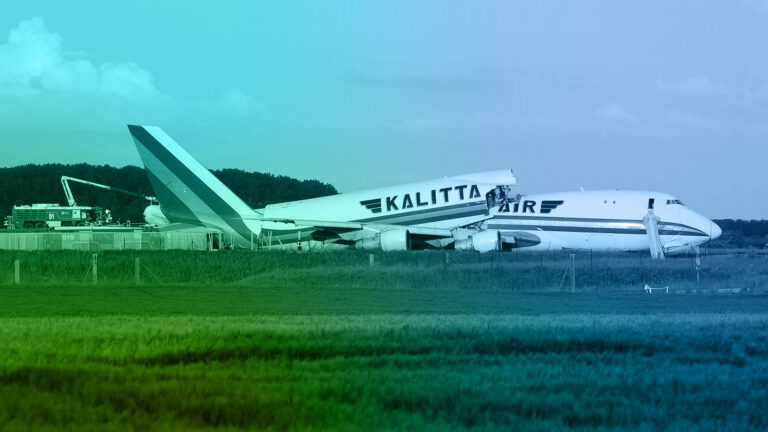The southern black-backed gull is found throughout the southern hemisphere (South Africa, Australia, New Zealand and sub-Antarctic islands), and, particularly in New Zealand, is a widespread and super-abundant bird species.
They are considered hazardous to aircraft because of their large body size, and flocking behaviour. Airports located near water bodies, or with water bodies on site can see especially high gull activity. For some New Zealand airports, southern black-backed gulls are their most hazardous species.
Although it has a Taonga classification (i.e., it has been recognised by the Crown under the Ngāi Tahu Claims Settlement Act as an important species), the population of southern black-backed gulls in NZ has grown rapidly since European settlement, and it is therefore unprotected throughout New Zealand and lawful for anyone to hunt, kill, or have in their possession.
Larus dominicanus
Karoro
Weight: 850 (females)–1050g (males)
Length: 54–65cm
Wingspan: 128–142cm
October–February
The black-backed gull is common in coastal areas and abundant at landfills, ports, wharves, and fish processing plants, where it feeds on waste from landfills, and offal from fishing boats and processing areas. It also eats a variety of invertebrates, fish, small mammals, smaller birds, eggs and chicks.
Landfills where gulls have access to putrescible waste are key population drivers, and managing this food source is critical for maintaining populations to acceptable, and sustainable, levels.
They breed from October–February, solitarily or in colonies found on islands, steep headlands, sand or shingle spits, or on islands in shingle riverbeds. Parents share incubation of the 2–3 eggs and feeding of the chicks when they hatch. Juveniles, which take about three to four years to reach maturity, can be distinguished by their grey-brown plumage.




